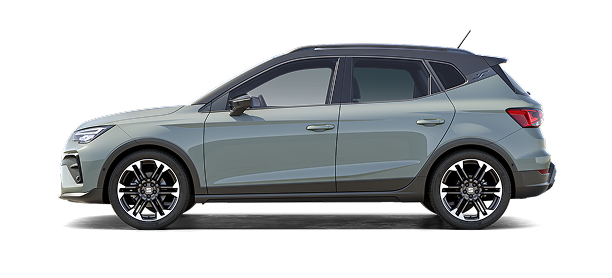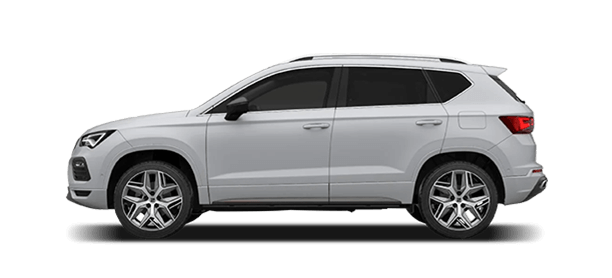What is Grey Fleet?
Grey Fleet is where employees are allowed to drive their own (private) vehicle for work purposes (excluding commuting to and from their regular place of work). Any driver that takes a cash allowance rather than a company car is also a Grey Fleet driver.
Duty of care
While having Grey Fleet drivers can be more beneficial for businesses that do not incur many business miles annually, employees using their own vehicles for business journeys does not absolve the company or the fleet manager from their duty of care responsibilities.
Grey fleet drivers can be hard to manage in respect of mileage, accident management and general vehicle maintenance. Duty of care responsibilities towards employees who are required to drive as part of their job is also another area of increasing government focus.
These issues increase both the administrative burden and the risks associated with running a grey fleet. According to, accountancy software provider, Concur, 41% of employees' expenses claims are submitted without a receipt and, therefore, the VAT is unrecoverable.
Grey Fleet employer responsibilities
Employers owe the same duty of care under Health and Safety law to staff who drive their own vehicles for work as they do to employees who drive company-owned fleet vehicles, leased or hired vehicles.
Employers, therefore, must:
- Ensure a driver has a licence to drive and the required insurance in place
- Ensure the vehicle is taxed, insured and maintained in roadworthy condition
- Ensure the driver carries out periodic checks for tyre pressures and tread depth, washer fluid level, condition of wiper blades, functioning of all lights and indicators, oil level. These checks should be performed with the same frequency as required of company car drivers
- Consider driver training to ensure that all Grey Fleet drivers are aware of your expectations as to how they drive on company business, including use of their mobile phone
- Make sure that you set timetables and journey times that don’t require your drivers to exceed speed limits
















